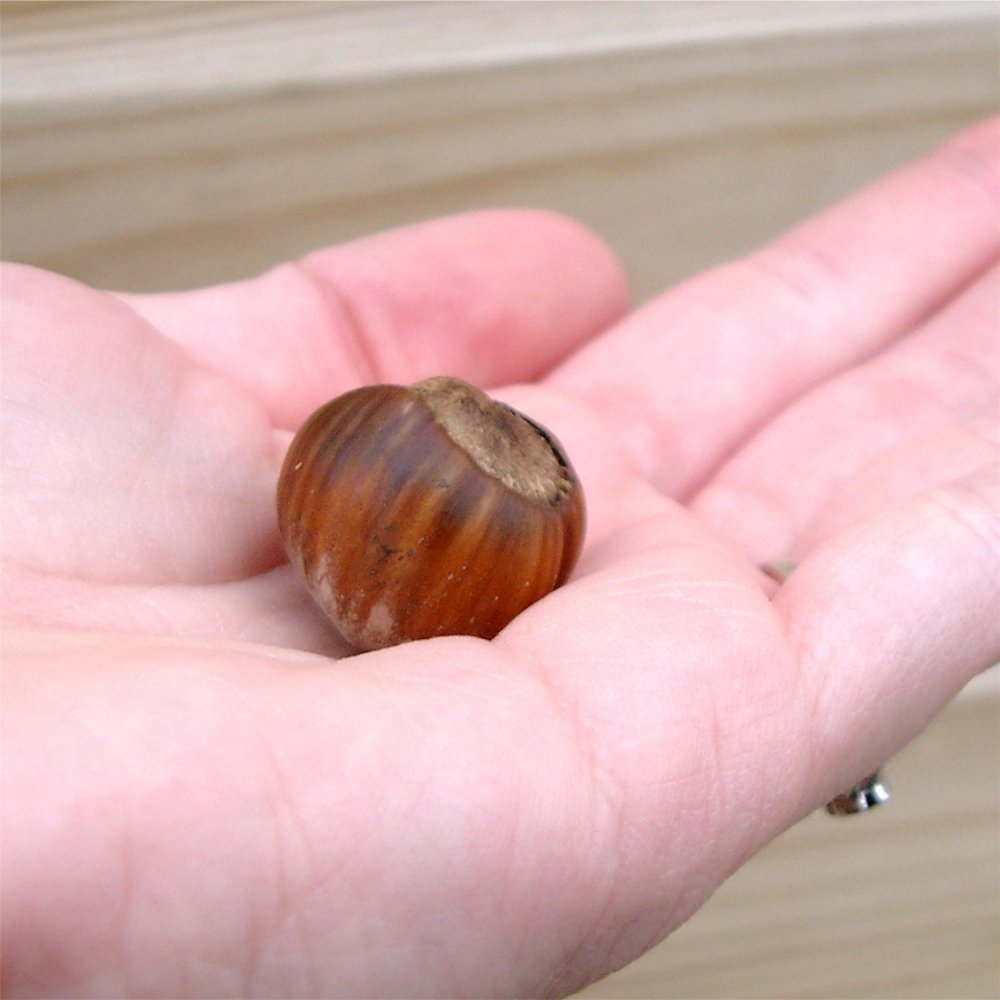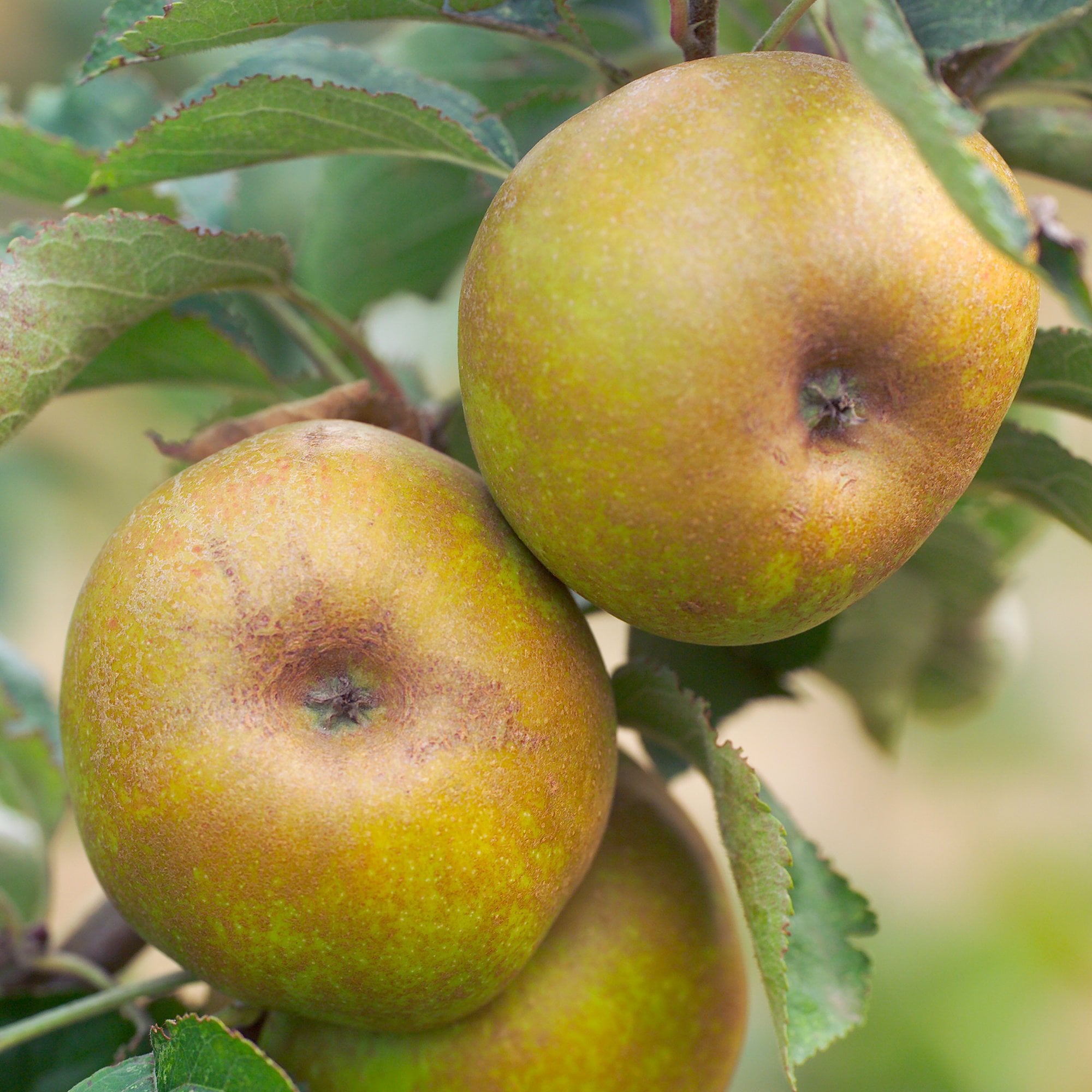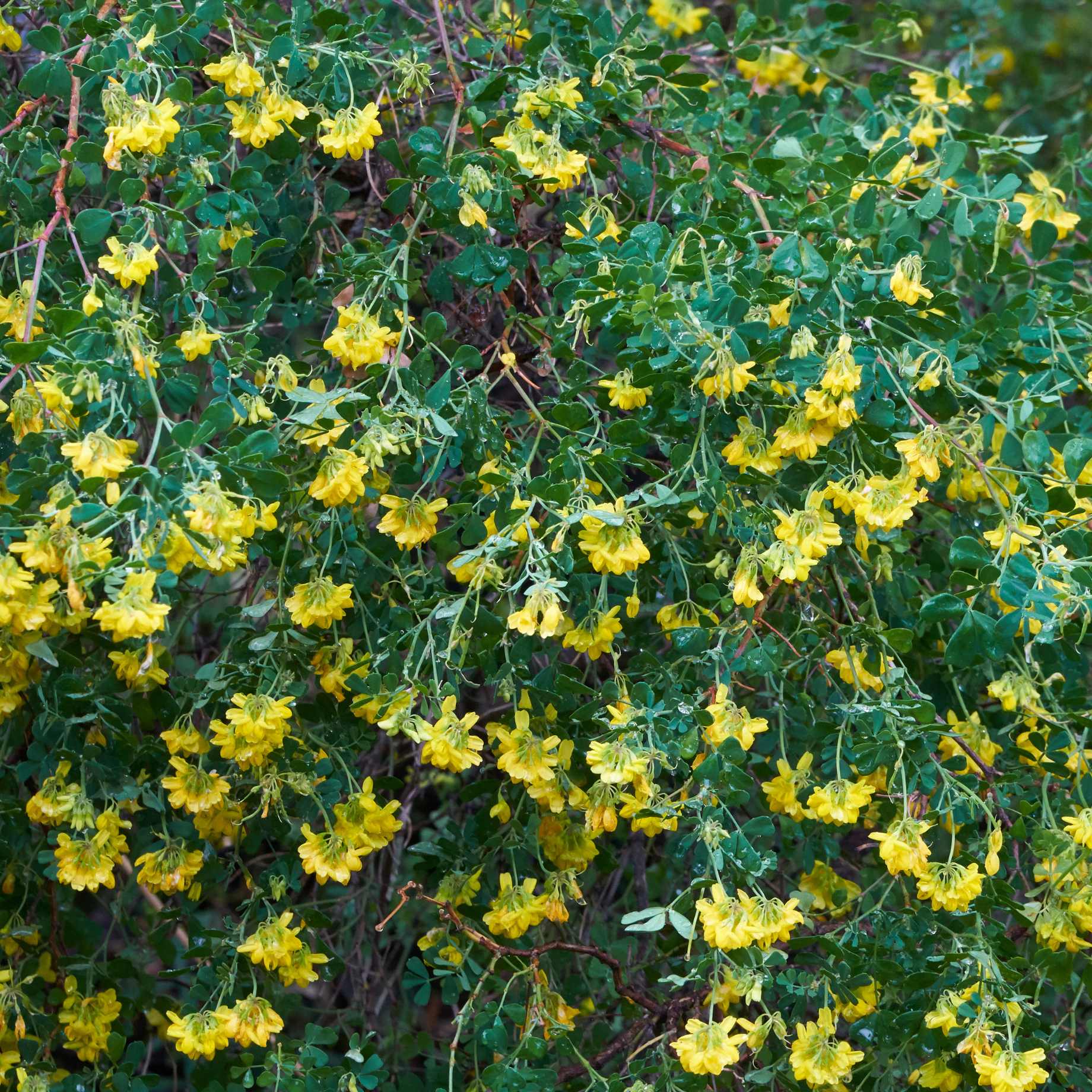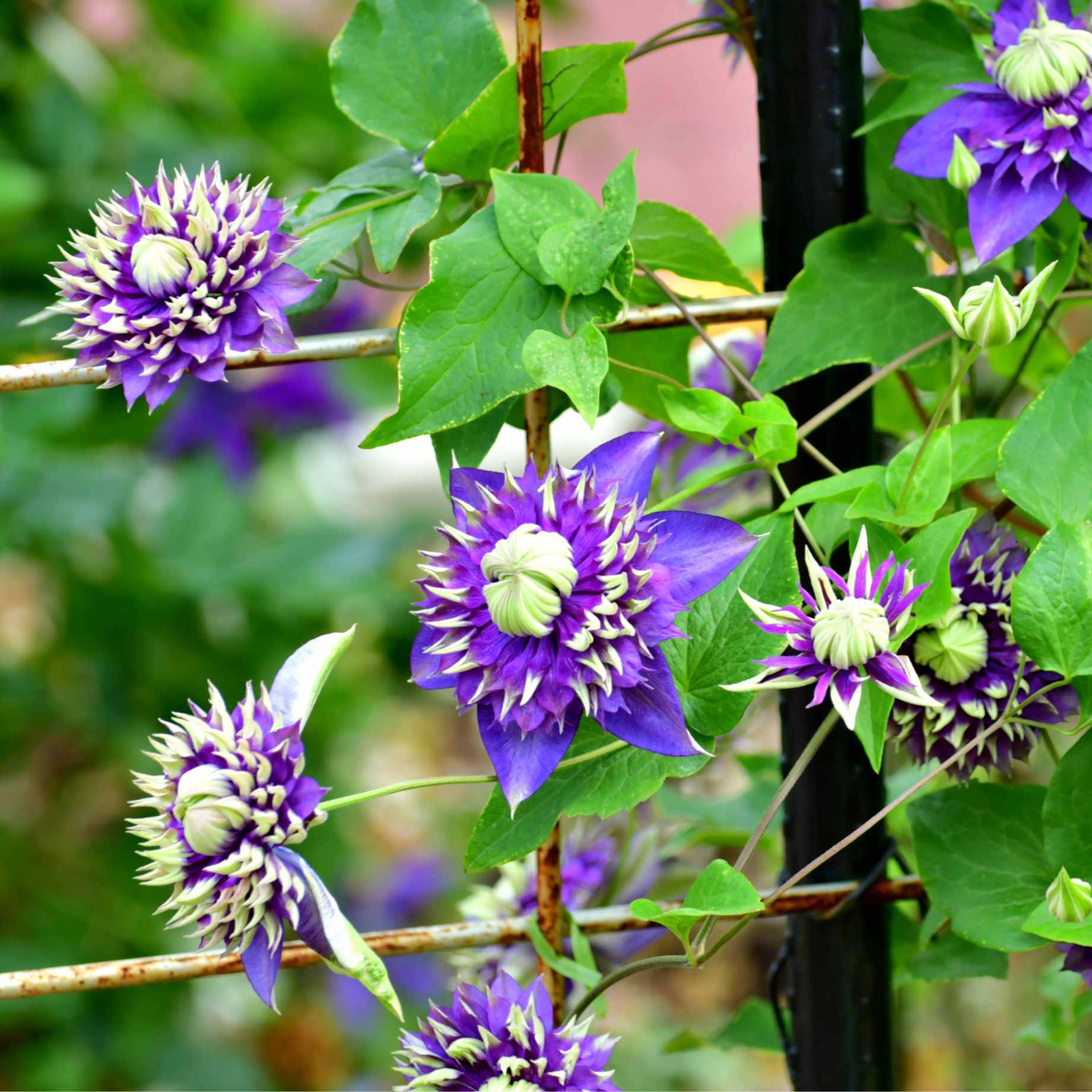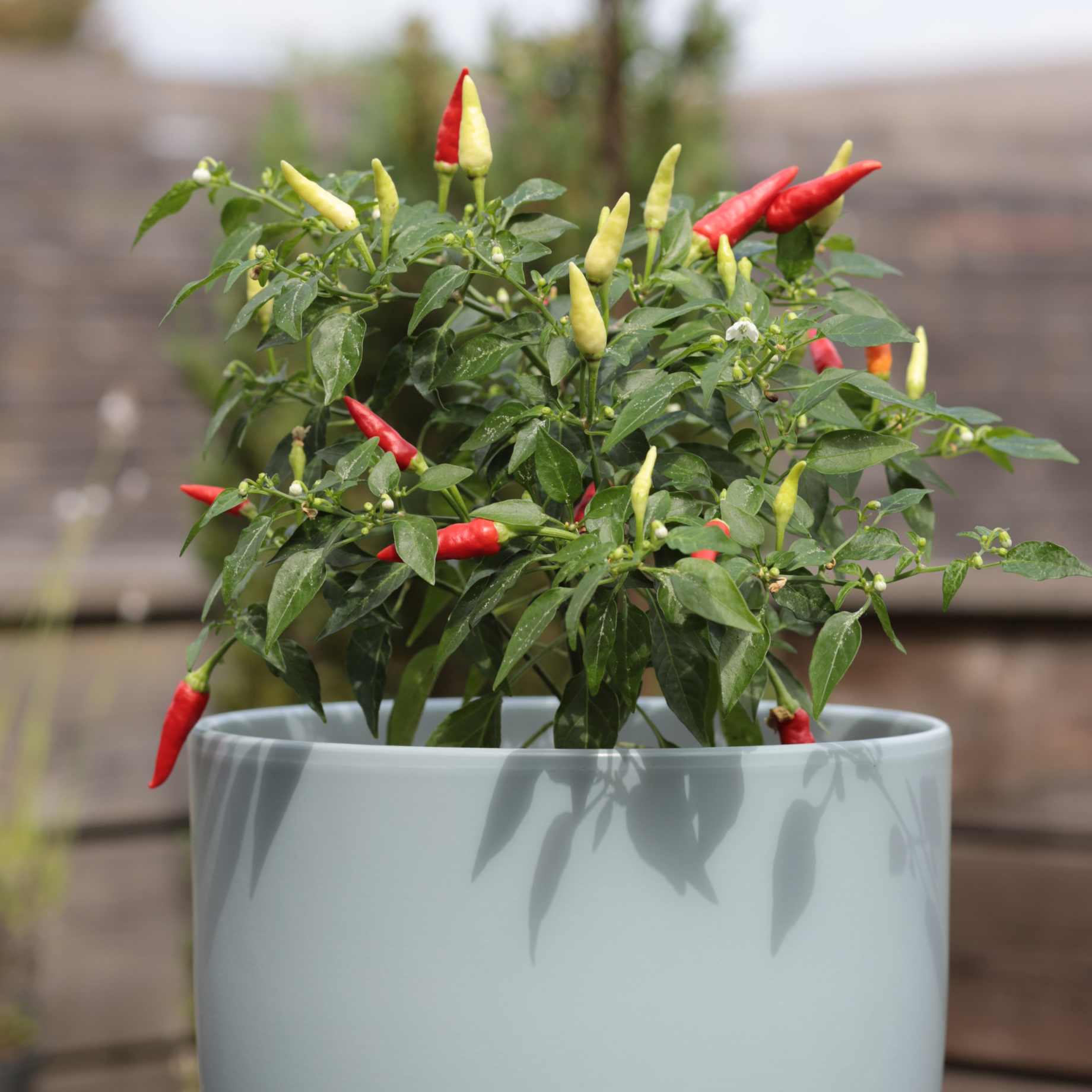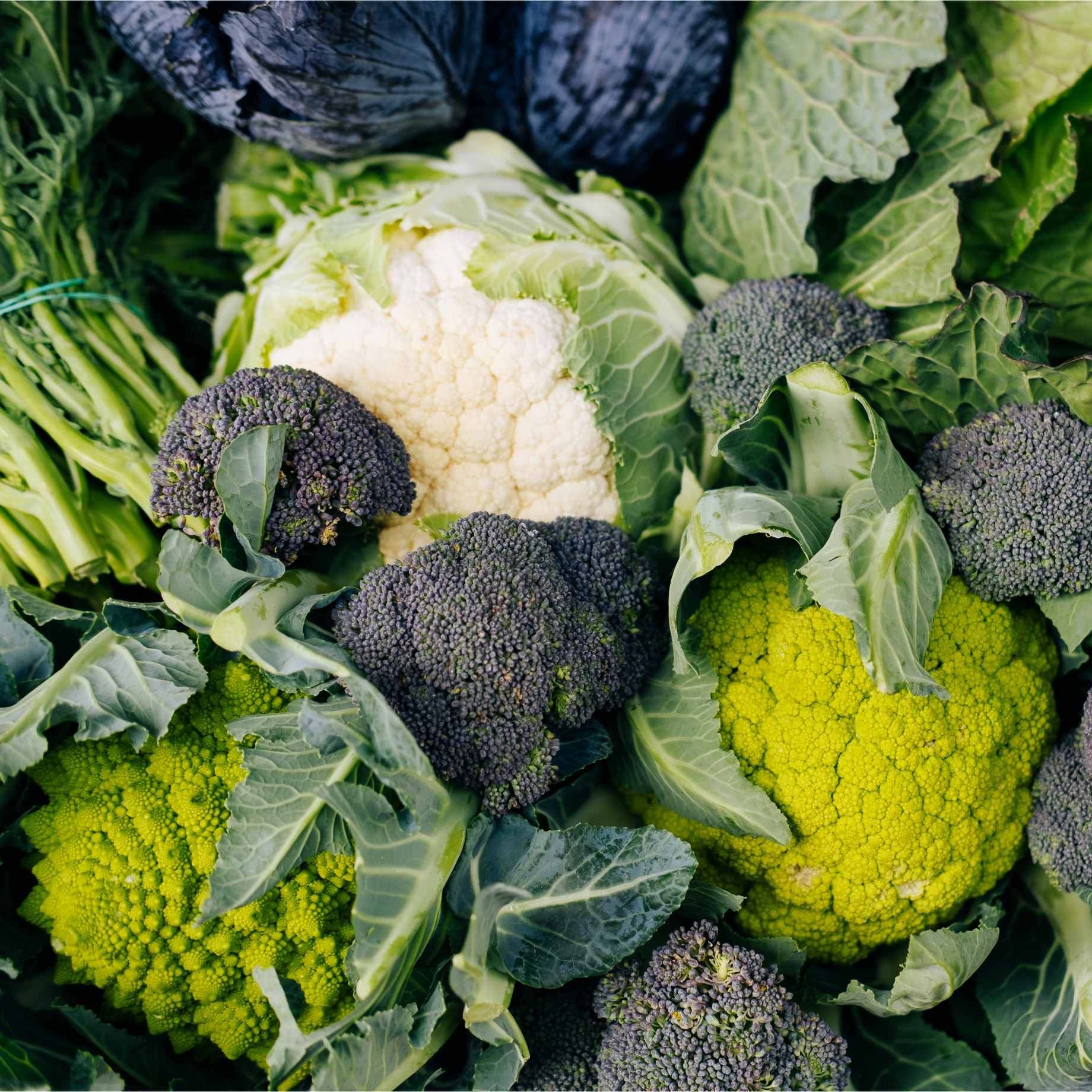Key features
Final size3 x 3 metres in 20 years
FruitNuts can be eaten green or stored
PositionFull sun to part shade
SoilPrefers well-draining soil
Description
As the name suggests this cob nut is traditionally planted in Kent. The medium/large nuts are borne in clusters of up to 5 and are of excellent texture and flavour. The nuts can be eaten green or stored, whilst the catkins provide good winter interest. ‘Kent Cob’ requires a pollinator to set a good crop. Any other hazelnut variety, filbert or cob will suffice, even the native ‘Corylus avellana’ often found in hedgerows will act as a good pollinator.
Most well drained soils will suit and ‘Kent Cob’ can tolerate some shade and exposure. This Cobnut tree has a compact habit, growing to 3 x 3 metres in 20 years.
AKA Corylus maxima ‘Kentish Cob’, Hazel ‘Kentish Cob’, Cobnut ‘Kentish Cob’
Planting Steps
1Preparation
- Pot-grown plants can be planted at any time of year, whereas bare roots need to be planted between November and March.
- Clear weeds and grass within a metre of the planting hole.
- Dig a hole as deep as the root mass and twice as wide.
- To help your plant establish more effectively, sprinkle Rootgrow in the hole.
2Planting
- Gently loosen the roots and place into the planting hole.
- Ensure the top of the plant’s compost is flush with the level of the surrounding soil and the graft union or collar of the tree is above ground level.
- Mix 50% of the original soil with 50% compost.
- Fill in the hole, firming the soil gently.
3Last Steps
- Water generously around the base of the plant.
- If you are planting either a single stem tree or mature standard tree, we recommend adding a staking kit and rabbit guard.
Aftercare Advice
Trees and shrubs require a good watering regime for a couple of years whilst they establish. Water well and regularly through spring and summer, increasing in hot or dry weather. If planting in autumn, you may only need to water a little. It is advisable to keep the area free of competing weeds and grass during this period.
For more detailed advice and video guides, please visit our Help & Advice section.

